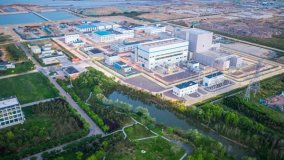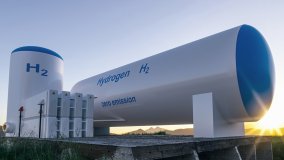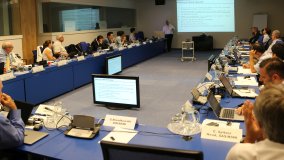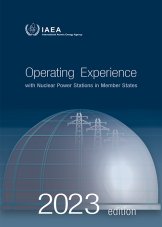Gas cooled reactors currently represent about three per cent of the total number of reactors in commercial operation worldwide. These are all advanced carbon-dioxide gas cooled reactors in the United Kingdom that will be phased out around the mid-2020s. Many Member States are interested in and developing advanced High Temperature Gas Cooled Reactors (HTGRs) that use helium as a coolant. Such reactors can achieve very high fuel utilization rates and operate at high temperatures. They also produce process heat, which can be used for hydrogen production and low-temperature applications such as seawater desalination and district heating.
States currently consider small modular HTGR designs that allow the reactor to solely rely on inherent safety characteristics and design features instead of active engineered safety systems. It is envisaged to deploy such technology in the near future, for efficient electricity generation and combined heat and power – or cogeneration – applications, to serve a large market for HTGR process heat.
Several HTGR research and development projects are underway in Member States, including China, Indonesia, Japan, Kazakhstan, Republic of Korea, Russia, South Africa, United States and the European Union. A commercial demonstration power plant, the pebble bed module reactor, is currently under construction in Shidao Bay, China, with prospects to generate electricity by 2017.








